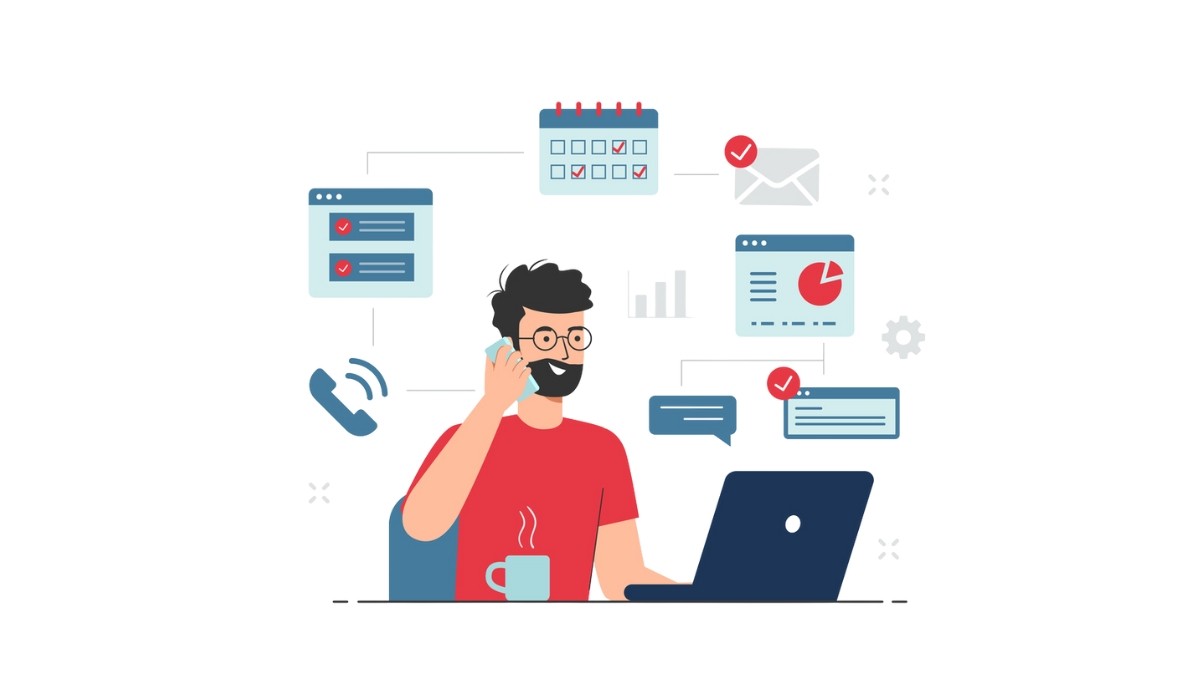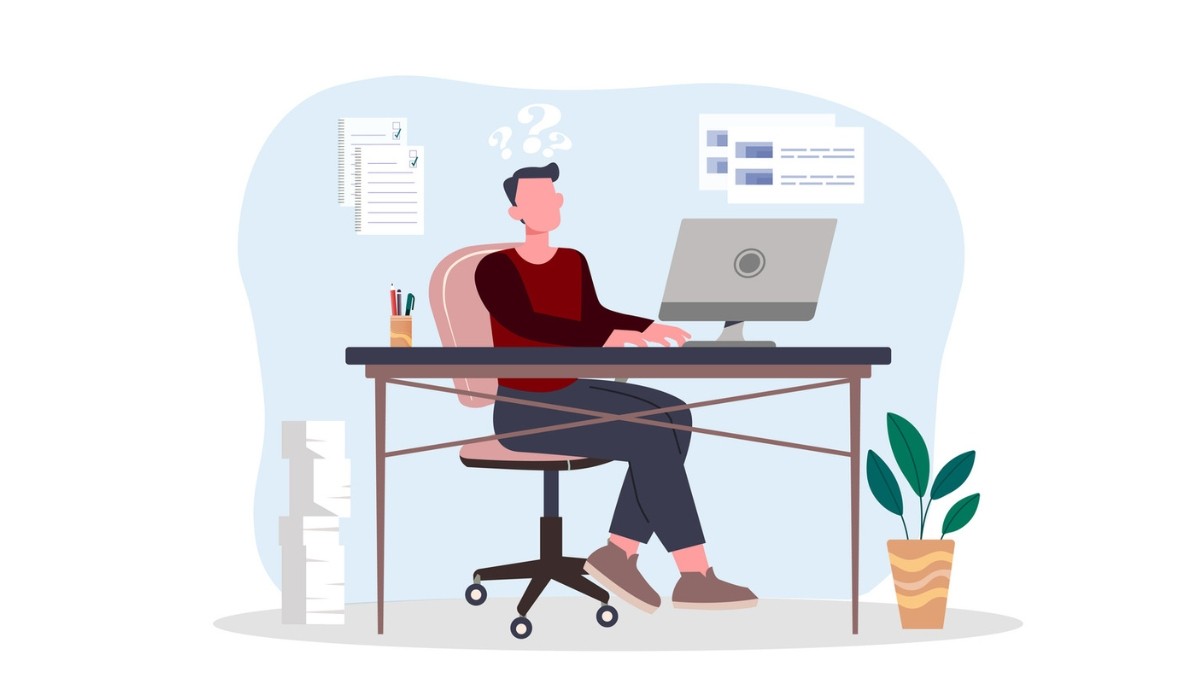What Does OOO Mean? Plus How to Set Up Out of Office in Outlook
By
Liz Fujiwara
•
Nov 5, 2025
OOO, which stands for “Out of Office,” is an automatic email response used to inform colleagues, clients, and other contacts that you are temporarily unavailable. These messages are commonly used when you are away for reasons such as vacations, business trips, medical leave, or personal time. Setting up an effective OOO message helps maintain professionalism, manage expectations, and ensure smooth communication during your absence.
In this article, we will explain the meaning and purpose of OOO messages, discuss when to use them, and provide a detailed step-by-step guide on how to set up an out-of-office message in Outlook. You will also find practical tips on what to include in your message and how to tailor it for internal and external contacts.
Key Takeaways
OOO (Out of Office) messages help communicate unavailability in a professional manner and manage expectations for response times.
Setting up OOO notifications in Outlook is simple and allows you to customize messages for internal and external contacts to ensure clear communication.
Using OOO notifications also supports a healthy work-life balance by promoting well-being while maintaining professionalism in the workplace.
What Does OOO Mean?

OOO stands for “Out of Office.” It is a term commonly used to indicate that an individual is unavailable for work, typically due to being on vacation, attending a business trip, or taking personal time off. The concept is widely recognized and used in professional environments to notify colleagues and clients of one’s temporary absence.
People set up OOO messages for various reasons, including vacations, sick leave, or remote work situations. These messages serve as a courteous way to inform others that you will not be able to respond immediately, helping manage expectations and maintain professionalism.
Different workplaces may use other terms to convey the same message, but the intent remains the same: to communicate unavailability clearly and professionally. Whether you are away for a personal commitment or a professional obligation, setting up an OOO message is a small yet effective step in ensuring smooth communication.
How to Use OOO in Professional Emails
In professional settings, the term OOO is a common and essential practice. It is used to inform colleagues and clients that you are unavailable to respond or participate due to your absence. This notification can be shared through various platforms, including email and team collaboration tools.
When crafting your OOO message, consider the following:
Maintain a professional tone, even with familiar colleagues, to reinforce your professionalism and ensure the message is taken seriously.
Manage expectations by clearly stating when you will respond to help avoid misunderstandings.
Specify your return date and include alternative contacts, as this information can be very helpful.
Conclude your message with an appropriate sign-off to maintain courtesy and professionalism.
If your plans change, remember to update your OOO message to keep communication clear and accurate for both colleagues and clients. Here are some tips to help you create an effective OOO message.
Setting Up Out of Office in Outlook

Setting up an automatic Out of Office (OOO) reply in Outlook is simple. Follow these steps:
Navigate to File.
Select Automatic Replies.
Turn on Automatic Replies.
Specify the duration for sending them.
When setting up your OOO message, Outlook allows you to create different messages for internal colleagues and external contacts. This feature is useful if you want to provide more detailed information to your team while keeping it concise for external recipients. If you prefer not to reply to external emails, you can choose to send automatic replies only to your contacts.
To disable automatic replies when you return, go back to the Automatic Replies section and select the option to turn them off. This ensures your OOO message stays relevant and prevents confusion once you are back at work.
A well-written OOO message in Outlook not only maintains your professional image but also supports smooth workflow continuity while you are away. By following these steps, you can ensure your absence does not interrupt communication or business operations.
Key Differences: OOO vs. OOF
While OOO stands for “Out of Office,” the term OOF stands for “Out of Facility.” Historically, OOF was used in Microsoft’s Xenix mail system to indicate that a user was not available within the facility. Although similar, the terms are used in slightly different contexts and can carry varied implications.
OOF is often used in informal conversations to describe someone’s absence from the office. In contrast, OOO is more commonly used in formal communications to indicate unavailability due to reasons such as vacations, business trips, or personal time off.
In conclusion, while both terms indicate absence, the key difference lies in their context and formality. Understanding these distinctions helps clarify communication and prevent misunderstandings when referring to someone’s unavailability.
Crafting Effective OOO Messages
An effective out-of-office message should briefly explain your absence and include essential details such as your return date and an alternative contact. This ensures the recipient knows when to expect a response and whom to contact in your absence.
Keeping the reason for your absence short, such as “on vacation” or “out sick,” helps maintain professionalism and protect your privacy. Providing a contact person in your OOO message ensures that urgent matters are addressed promptly, preventing important issues from being overlooked.
A personal greeting in your OOO message can set a friendly yet professional tone, making the communication more pleasant for the recipient. Including a clear subject line also helps recipients quickly understand your availability without reading the entire message.
Examples of OOO Messages

Here are some examples of effective OOO messages for various scenarios:
Vacation:
I am currently on vacation and will return on [Date]. For urgent matters, please contact [Colleague’s Name] at [Colleague’s Email].
Business Trip:
I will be on a business trip from [Start Date] to [End Date]. During this time, my access to email may be limited.
Personal Event:
I am attending a family event from [Start Date] to [End Date]. I will respond to your email once I return. Please expect my reply then.
These examples are commonly used to inform colleagues and clients of your unavailability in different situations, ensuring clear and professional communication. Including a lighthearted note can make your OOO message more engaging and memorable for the recipient. For instance, adding a touch of humor can help create a friendly tone while maintaining professionalism.
Managing Urgent Matters While OOO
Managing urgent matters during your OOO period is essential for maintaining productivity and workflow continuity. Including a point of contact in your OOO message ensures urgent requests are handled during your absence and helps keep operations running smoothly.
For urgent matters while on vacation, it is best to direct contacts to a colleague’s email for assistance. This ensures that important issues are addressed promptly, even when you are away.
Providing your dates of absence and an alternative contact in your OOO message during personal leave prevents urgent matters from being overlooked. This approach helps maintain consistent operations and keeps clients and colleagues informed and satisfied.
Importance of OOO Notifications

OOO messages play a vital role in maintaining communication by assuring senders that their emails will be addressed once the recipient returns. Setting clear expectations through automated replies helps reduce the risk of being perceived as unresponsive during an absence.
Effective OOO messages prevent misunderstandings and let colleagues and clients know when to expect a reply. This transparency fosters trust and supports professional credibility during time away from work.
By communicating absences through OOO notifications, employees can maintain a healthy work-life balance, reduce stress from missed emails, and allow themselves to relax and recharge.
Leveraging AI for Efficient Hiring During OOO Periods
During OOO periods, leveraging AI can help maintain continuous recruitment efforts by:
Keeping candidates engaged without requiring direct human oversight.
Using Fonzi’s multi-agent AI system to simplify recruitment tasks.
Improving efficiency when key personnel are unavailable.
AI tools like Fonzi can address urgent hiring challenges such as slow hiring cycles, limited recruiter bandwidth, and inconsistent candidate quality. By automating tasks such as screening, fraud detection, and structured evaluation, recruiters can focus on high-impact work, ensuring a fair and efficient hiring process.
Integrating AI into the hiring process empowers decision-makers while maintaining control over hiring outcomes, making it a valuable asset for fast-growing tech companies.
The Future of Remote Work and OOO Practices

Remote work has transformed the traditional office landscape, making OOO practices more important than ever. Research shows that taking time away from emails and work responsibilities can improve overall well-being.
Having an OOO notification in place supports a healthy work-life balance by allowing employees to take breaks without unnecessary interruptions. As remote work continues to evolve, OOO practices will remain essential for maintaining effective communication and professional credibility.
Summary
In conclusion, understanding and effectively using OOO messages is crucial for professional communication. From defining OOO and its uses to setting it up in Outlook and crafting effective messages, this guide covers all aspects of managing your absence. By using AI tools like Fonzi, you can ensure that hiring processes remain efficient even during OOO periods.
As remote work continues to expand, mastering OOO practices will become increasingly valuable. Adopting these tools and strategies helps maintain productivity, build trust, and support a healthy work-life balance.




